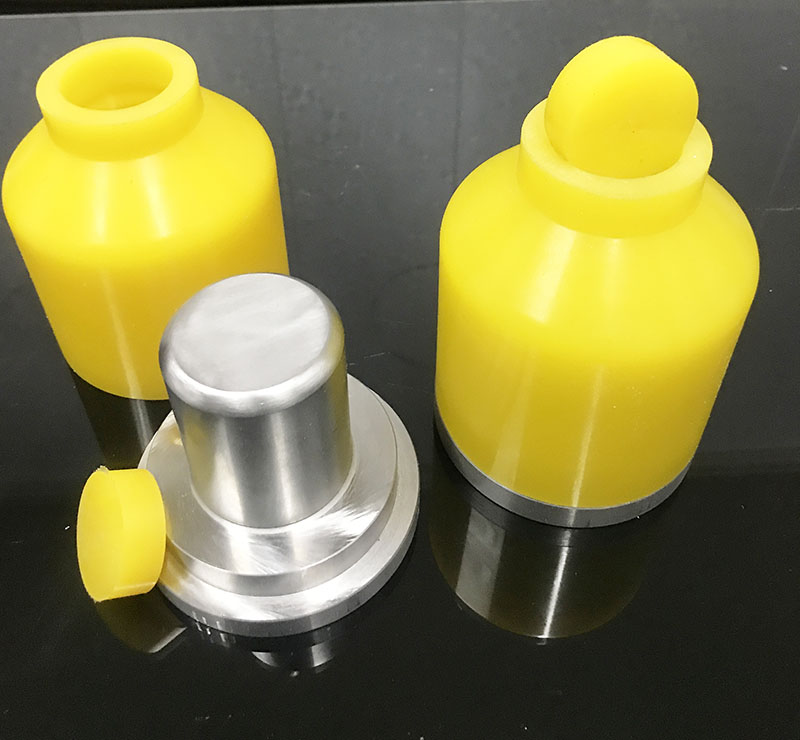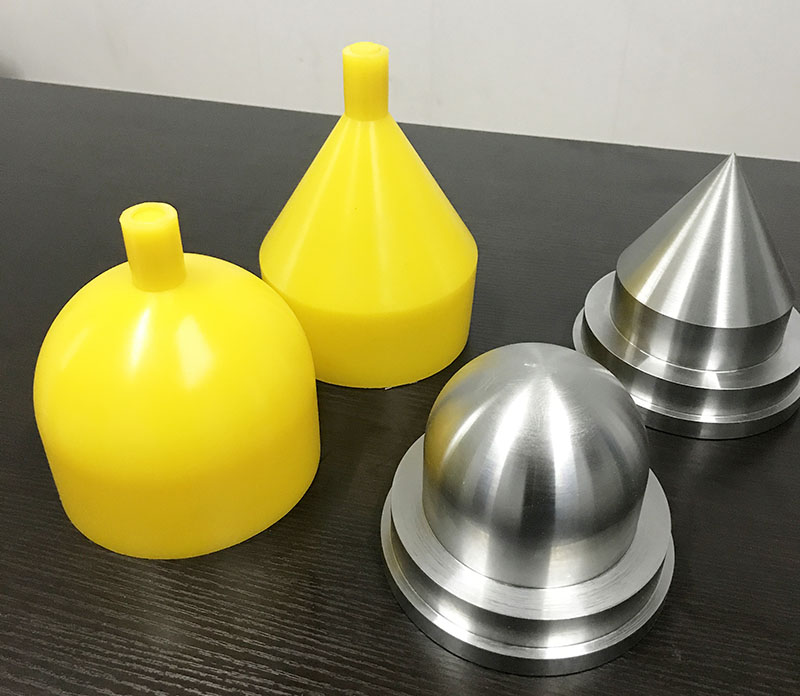
Isostatic Pressing Molds for Crucible Molding
Categories: DIP mold-dry bag isostatic press
Application: Isostatic Pressing Molds for Crucible Molding
InquiryMain description:
Isostatic Pressing Molds for Crucible Molding


Isostatic Pressing Molds for Crucible Molding
Isostatic Pressing Molds for Crucible Molding
With the development of industry, the crucible has become a very important industrial equipment. A crucible refers to a container used for heating rare metals or making alloys. It can withstand high temperatures and resist corrosion and is an indispensable part of the industrial field. So, what exactly is a crucible? Why can it withstand more than a thousand degrees of molten iron? What material is it made of? This article will explore these issues in depth.
1. What is a crucible?
A crucible can be described as a cup- or funnel-shaped container, usually made of materials such as ceramic, metal, or graphite. They are mainly used to heat or melt solid substances such as metals, glass, ceramics, etc. in experiments or production. Many materials cannot withstand such high temperatures during the heating process, so crucibles find the right balance between hardening and softening, allowing them to remain strong and stable at high temperatures, providing the necessary conditions for experiments or production. .
2. What is the main reason why the crucible can withstand molten iron of more than 1,000 degrees?
The reason why the crucible must withstand high temperatures is to select materials with high melting point, high temperature resistance, corrosion resistance and good thermal conductivity during manufacturing. Ordinary crucibles are generally made of ceramics, while graphite crucibles are used at high temperatures. This is because graphite has extremely high thermal conductivity and is not prone to change or damage when it is exposed to high temperatures. For example, in steel smelting, graphite crucibles are often used to hold the metal melt. Graphite itself is one of the forms of elemental carbon. Due to the special properties of its molecular structure, it has good high temperature resistance and is stable and anti-corrosion to various acids, alkalis, solvents, etc.
In addition to graphite, other materials that can withstand high temperatures or are corrosion-resistant are also used to make crucibles. For example, aluminum oxide, tungsten, molybdenum, platinum and other metals can be made into crucibles that can withstand high temperatures and corrosion.
3. What materials are crucibles usually made of?
Crucibles are used in different industrial fields, so the materials they use are also different. The following are the characteristics of various materials commonly used to make crucibles:
Ceramic crucible
Ceramic crucibles are more fragile than other materials used in high-temperature environments, but they still have many advantages. For example, they are easy to process and low cost. In addition, ceramic crucibles are very suitable for certain non-metallic and semiconductor experiments and production processes.
Metal crucible
Metal crucibles have high thermal conductivity, but they are generally more expensive than other types of crucibles and are prone to problems such as oxidation, corrosion, and reactions. Therefore, they are mainly used in the field of production and processing of metals or heavy elements.
Graphite crucible
Graphite crucibles can withstand high temperatures and have good corrosion resistance, so they are often used in production or experiments in steel smelting, alloy manufacturing, and other high-temperature situations.
Alumina crucible
Alumina crucible is a ceramic material with excellent high-temperature performance. It can work continuously and stably under extreme conditions and has strong corrosion resistance. Additionally, they are widely used in the semiconductor field.
4. Summary
The crucible is an important industrial equipment with many types and different uses. As for the reason why the crucible can withstand molten iron of more than 1,000 degrees, it is mainly because high-temperature-resistant and corrosion-resistant materials are selected and tailor-made during manufacturing. Graphite is one of the most commonly used materials, but other materials such as alumina, tungsten, etc. are also widely used. Regardless of the type of crucible, each material is used in different experiments and production processes due to their properties. By understanding their applications and material properties, we can better understand the role crucibles play in various operations and processing processes.



Some isostatic pressing molds we made



We support all kinds of customization, if you need it, please contact us.
Phone/whatsapp:+86 18234744811
Email:sales@highindustryco.com